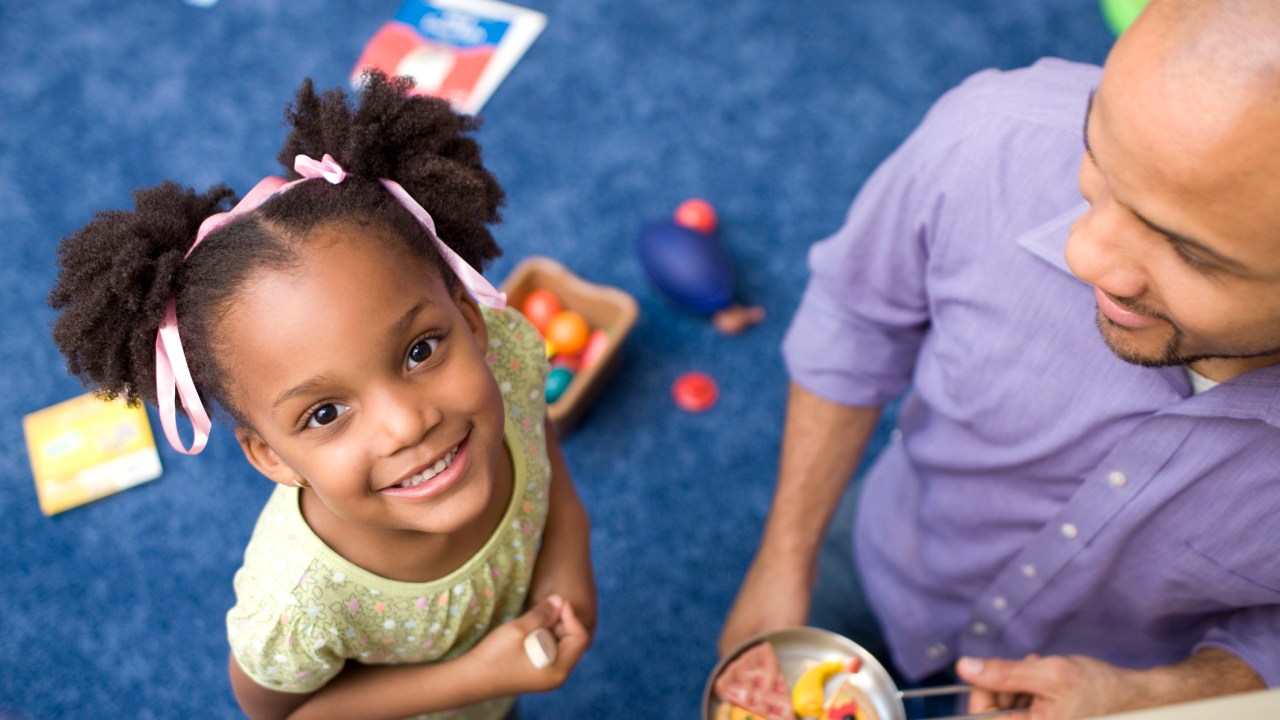 Photo by Suad Kamardeen on Unsplash Photo by Suad Kamardeen on Unsplash Early childhood is a critical time period in development when children begin to learn about their environment, develop a sense of self and explore how to express their emotions. While a huge part of development occurs prior to entering school, children continue to grow and develop as they encounter new life experiences. Positive relationships with parents help children develop trust, empathy, compassion and a sense of right and wrong. It is important that parents foster social and emotional learning throughout early experiences. According to experts, when kids learn to work well with others, regulate their emotions and engage in problem-solving, they are better prepared to deal with life’s challenges and be more successful in school. What Is Social and Emotional Learning? Social and emotional learning (SEL) involves creating positive relationships and emotional connections as part of learning to help children develop the skills they need to be successful in life. SEL has often been emphasized in schools, given the amount of time spent in the classroom and the opportunities available to practice these important skills. SEL skills include having the ability to:
Strategies for Supporting SEL in Kids
Remember that life is unpredictable, and many children are learning by watching the actions of adults in their lives. Early childhood is also a critical opportunity to teach social and emotional skills. As kids grow and develop, it is necessary to prepare them to deal with uncertainty now to help them thrive in adulthood. Visit the Therapy for Black Kids book recommendations for books on fostering SEL: http://bit.ly/T4BKbooks A version of this was originally written by Dr. Erlanger Turner for the US News and World Report For Parents Blog  Autism spectrum disorder (ASD) is a condition related to brain development that impacts how a person perceives and socializes with others, causing problems in social interaction and communication. The term "spectrum" refers to the wide range of symptoms, skills, and levels of impairment, or disability, that children with ASD can have. ASD is diagnosed according to guidelines listed in the Diagnostic and Statistical Manual of Mental Disorders.
Symptoms of autism spectrum disorder (ASD) vary from one child to the next, but these children typically have difficulties in three areas: social impairments (e.g., lack of interest in peer relationships, impaired non-verbal behavior), communication difficulties (e.g., delayed speech, repetitive language), and stereotyped behaviors or restricted interest (e.g., hand flapping, preoccupied interest). The NIMH provides a guide for parents on understanding autism that is helpful for understanding the disorder and its treatment. Tips on Seeking a Diagnosis The following "red flags" may indicate your child is at risk for an autism spectrum disorder. If your child exhibits any of the following, please don’t delay asking your pediatrician or family doctor for an evaluation or referral for a psychological evaluation:
While there's no proven cure yet for autism spectrum disorder (ASD), treating ASD early, can greatly reduce symptoms and increase your child's ability to grow and learn new skills. According to the NIMH, research has shown that intensive behavioral therapy during the toddler or preschool years can significantly improve cognitive and language skills in young children with ASD. There is no single best treatment for all children with ASD, but the American Academy of Pediatrics recently noted common features of effective early intervention programs. These may include: • Starting as soon as a child has been diagnosed with ASD • Having small classes to allow each child to have one-on-one time with the therapist or teacher and small group learning activities • Encouraging activities that include typically developing children, as long as such activities help meet a specific learning goal • Providing a high degree of structure, routine, and visual cues, such as posted activity schedules and clearly defined boundaries, to reduce distractions • Guiding the child in adapting learned skills to new situations and settings and maintaining learned skills • Social skills, such as joint attention (looking at other people to draw attention to something interesting and share in experiencing it) • Self-help and daily living skills, such as dressing and grooming • Cognitive skills, such as pretend play or seeing someone else's point of view A version of this post was authored by Erlanger A. Turner, Ph.D. for Psychology Today. |
This blog is maintained by Therapy for Black Kids. Archives
June 2023
Categories
All
|
 RSS Feed
RSS Feed